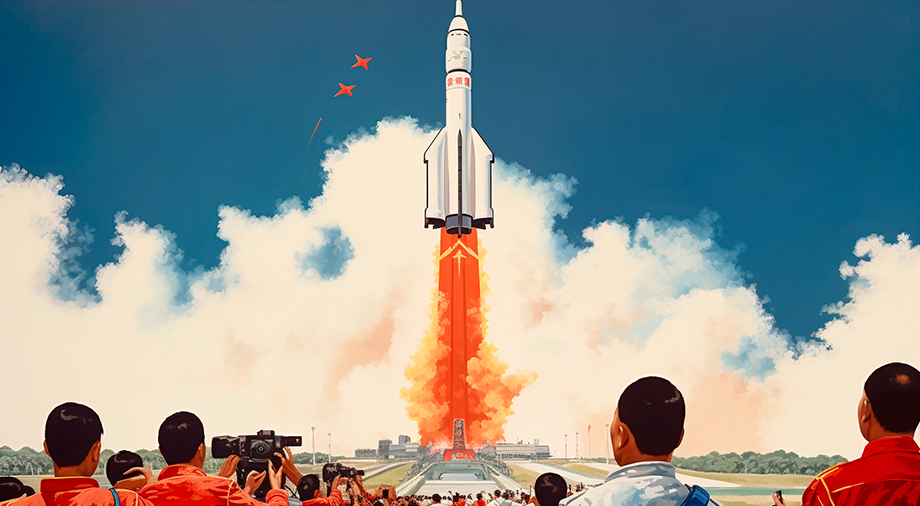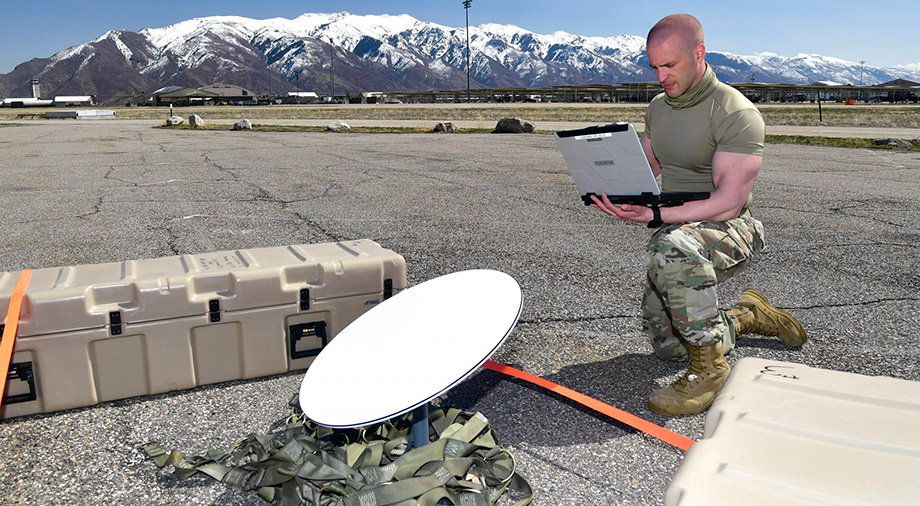The beginning of the new millennium has been a golden age for the PRC’s space program. This has largely been due to China’s investment in the creation of space technologies similar to those already existing in the West. Their strategy of borrowing turned out successfully; today, China has its own analogue of GPS — the BeiDou positioning system, as well as its own version of the ISS — the Tiangong orbital station. Work is also underway on the deployment of a future alternative to Starlink — the Guowang low-orbit satellite constellation, as well as Tianlong-3 launch vehicles with a reusable first stage (which we have already seen elsewhere).
In Beijing, we have not only seen Chinese examples of Western technologies begin to appear, but also entire Western business models. Today, Chinese rocket companies provide launch, satellite communications, navigation and Earth monitoring services, while choosing their customers wisely. Priority is given to countries that have a challenging history of foreign policy relations. Countries in Latin America and the Middle East have been opting for partnerships with the east, falling under direct dependence on Chinese influence: first in scientific and technical terms, and then in political terms (China willingly creates its own analogues of certain international organizations and regulators).
But this is how the Celestial Empire sees its way to get ahead in the new space race.
US attempts to isolate and China’s response
The United States saw China strengthening its position in space quite early on. The first attempts to contain the process of this growth began at the end of the last century. In 1998, a scandal erupted with US companies Hughes and Loral, which leaked US confidential data, while consulting with China over the Long March 3B rocket accident. This event was the starting point for a period of isolation of China from the global space industry, which in one form or another still manifests itself today.
The publication of a report authored by a US congressional committee led Congressman Chris Cox further added to the effort. As a result of this report, the US Congress passed an act prohibiting the launch of satellites with American-made components aboard Chinese rockets in 1999. On June 12, 1999, the Chinese Long March 2C rocket launched the last 2 Iridium satellites into orbit under a contract concluded before the prohibition came into force. Since then, not a single satellite with American components has been launched by the efforts of the PRC rocket industry.
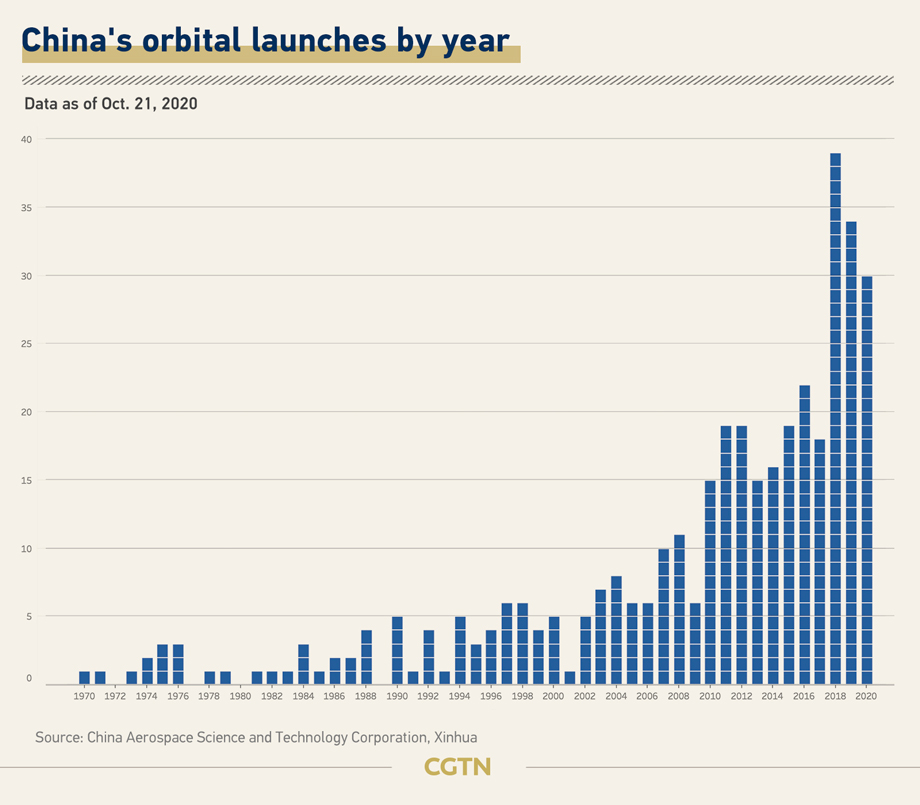
Schedule compiled by: Pan Yufei, Yin Yating
This was followed by the historic Wolf Amendment, passed by Congress in 2011. It explicitly prohibited NASA and other government agencies from maintaining any partnership with China in space exploration. This also applied to the presence of taikonauts on the American segments of the ISS.
In an attempt to isolate its competitor in the space industry, Washington, without knowing it, began to stimulate a completely opposite reaction. Instead of retaliatory conservation steps within its own space programs, Chinese space adopted an open-door policy by inviting and encouraging cooperation with other countries and developing multilateral contacts.
China is increasingly asserting itself as an international provider of space technology and services. This pertains to both more applied space services and grandiose planetary security projects. Of course, according to Chinese tradition, many of these initiatives already existed in one form or another in the American and European space sectors.
Thus, in April 2022, the Chinese National Space Administration(CNSA) announced their plans to test their own asteroid orbit deflection technology. In October 2022, we saw the world’s first successful demonstration of this technology as part of the NASA DART (Double Asteroid Redirection Test) mission, during which the orbit of the asteroid Dimorphos was deflected by a collision with the DART spacecraft. Now, China is aiming to repeat this success, tentatively between 2025 and 2026. Thus, planetary defense is becoming another battlefield in the space race, where the West and the East are striving to prove the superiority of their technologies and the political systems that stand behind them.
In the desire to ensure leadership in the space race, the PRC is actively looking for supporters who remain outside the attention of the United States and Europe. Thus, increasing interaction with Community of Latin American and Caribbean States (CELAC) has significantly strengthened China’s position on the continent.
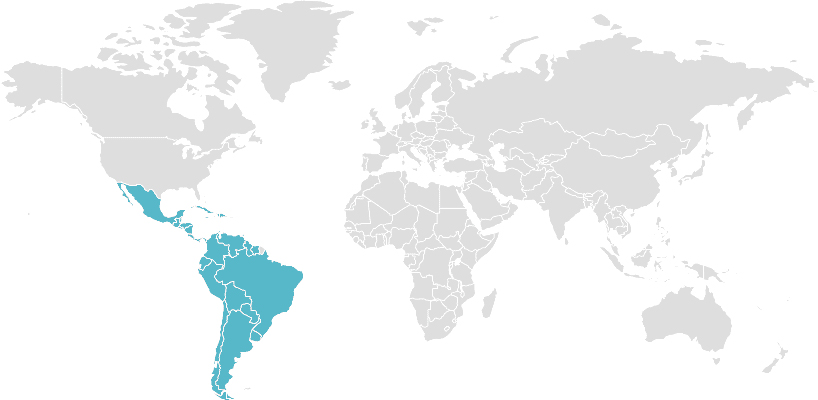
Currently, Beijing maintains bilateral space partnerships with Argentina, Bolivia, Venezuela, Ecuador, and Chile. For the most part, Latin American countries are interested in the opportunities for space launches, geopositioning, and satellite communications that Beijing is now providing in exchange for offering territory to build infrastructure to manage space missions. One such facility, which cost $500 million, is located in Argentina and is being used by the PRC to create its own Deep Space network, which is used to provide communications with spacecraft and probes.
Today China is also offerinig CELAC countries to join their International Lunar Research Station (ILRS) program, for which the country has already established its International Organization (ILRSCO). This is a serious counterweight to the American Artemis Accords (AA) lunar initiative, and we can already see how certain AA signatory countries are increasingly looking to the East. The most telling example here is Brazil, which has recently been increasingly expressing its interest in the Chinese ILRS program. Recall that the Brazilians already have their own agreements with the United States regarding the exchange of information on situational awareness in space and space objects. Brazil’s growing interest in joint space initiatives with China could put an end to past agreements with the Americans.
Unfortunately for China, not all Latin American countries are lining up to participate in China’s space initiatives. On July 27, Argentina became the 28th country to join the Artemis Accords, thereby demonstrating its closeness to the American vision of new norms of behavior in outer space. Earlier in March, Ecuador also took the same step by joining the AA.
It is obvious that countries with less-developed space sectors in South America are carefully weighing the benefits that they can gain from one partnership or the other. But the time will come when they will need to decide. This choice will not at all be simple.
By offering very tempting financial terms (before 2002, the PRC often covered up to 70% of partner spending on space activities, the lion’s share of which came through loans issued by the China Development Bank), the country has been squeezing the United States out of Latin America. And although space spending between partners has most often been divided equally since 2002, this has still not pushed away China’s partners in the space sector. The complex history of relations between North and South America plays into Beijing’s hands in this situation.
It should be understood that China’s Latin American partners are far from top players in the space sector. Their typically low budgets and lack of institutions very often put spokes into the wheels of potentially promising initiatives. Indeed, the budget of the Latin American and Caribbean Space Agency (ALCE), initiated by Mexico and Argentina in 2021, totaled only $100 million. Considering that there are already 23 states in ALCE today, the amount looks more than ridiculous. However, Beijing seems ready to take on some of the financial costs.
The example of China’s cooperation with Latin American countries is more than indicative. It shows China’s primordial desire not to participate in existing projects and initiatives, but rather to create its own. Just as long as everyone knows that Beijing will be taking the lead.
Seeing the path that China is following, the US has begun to implement mechanisms aimed at containing Chinese hegemony. China has demonstrated an excellent ability to bypass these, finding opportunities which the US has yet to cut off. The fact remains that this “obstacle race” has not yet prevented China from aiming for the position of a space leader. And Beijing now has all the necessary technologies to achieve this goal.
Do as they do, but better than them: carbon copy technologies
Long gone is the time when Chinese rocket scientists could not even copy Soviet rockets. As of the end of July 2023, various incarnations of the Long March rocket alone have carried out 479 space launches, 461 of which have been successful (an overall success rate of 96.2%).
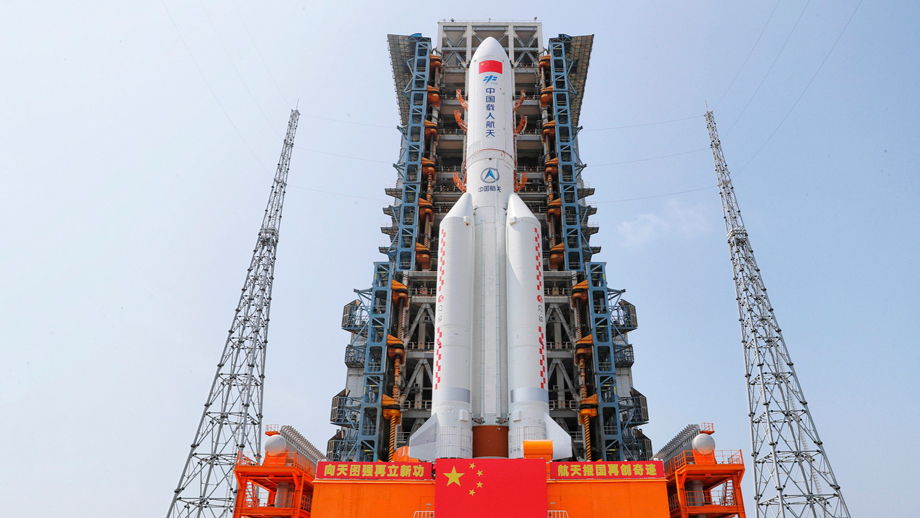
It is this rocket that has allowed China to realize its long-standing ambition to create its own multi-module manned station — the Tiangong, which was completed on October 31, 2022, along with the installation of the third (and currently final) Meng Tian module. The first base module Tiānhé reached orbit on April 29, 2021, after which it was joined by the second orbital module, Wèntiān, which was joined to the station on July 4, 2022. Thus, over a period of one and a half years, the PRC was able to deploy its own inhabited orbital station in orbit. The entire period of work, starting from the start of the construction of the Tiangong, took China 11 years.
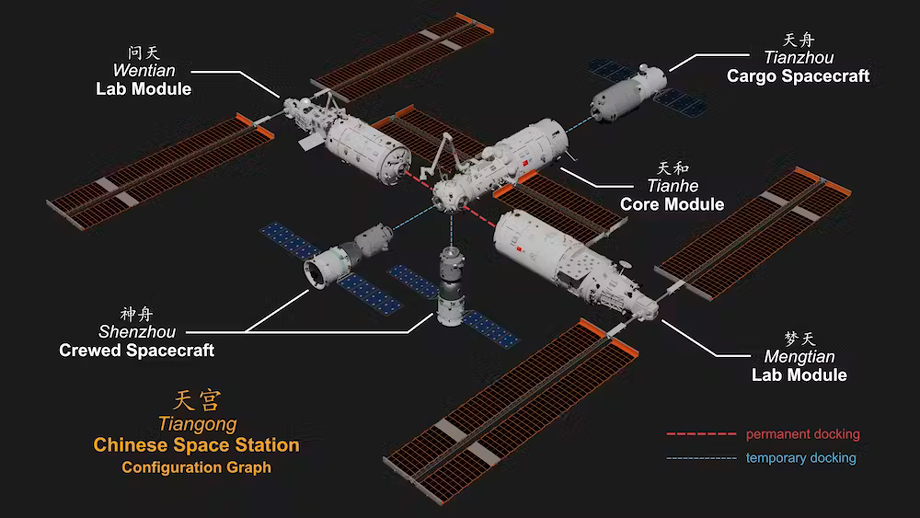
The Tiangong station is very similar to the ISS in many ways, with the only difference being that it is wholly owned by a single country. The rapid deployment of the station in orbit most likely forced Washington to lobby for an extension of the operation of the ISS, which was previously planned to be deorbited in 2024. The new date for the end of the life of the orbital station is now 2030. After the ISS ceases to exist, China’s Tiangong will be the only inhabited orbital station in Earth’s orbit. This will represent a huge success for China, because now it will be at the head of most processes for conducting long-term scientific activities in microgravity. China is now planning to start researching “new quantum phenomena” on its orbital station, and also to perform over a thousand experiments.
Recall China’s suborbital aircraft prototype which completed its extreme, 276-day space mission on May 9, 2023. Although so far neither the CNSA nor the Chinese press have released photos of the spacecraft, it can be safely assumed that the aircraft is very similar to the American Boeing X-37B, at least in its functional purpose (the ability to carry out months-long orbital flights).
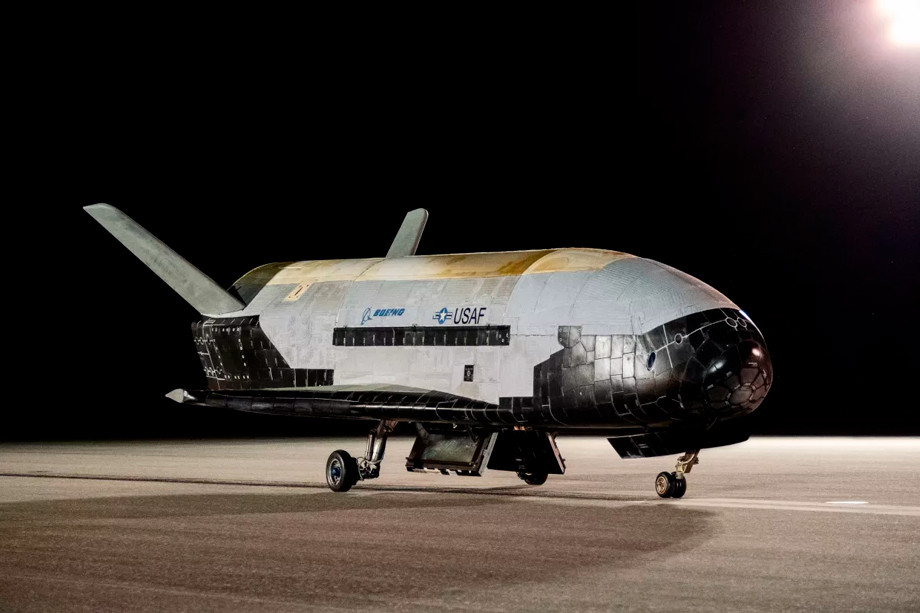
Image credit: Boeing/US Space Force
The operational period of the American suborbital aircraft is 270 days, but its last flight within the OTV-6 mission exceeded this period by almost 4 times, with the spacecraft remaining in orbit for 908 days before landing safely on the runway at the Kennedy Space Center. The Americans, like the Chinese, keep many aspects of their shuttle’s mission secret.
Another illustrative example is the Chinese BeiDou satellite navigation and positioning system, a direct analogue of the American GPS. The development of BeiDou started back in 1994, but the satellite constellation began to work at full strength only in 2020. Today, there are 56 satellites in the constellation, the last of which was launched on May 17, 2023 on a Long March 3B rocket.
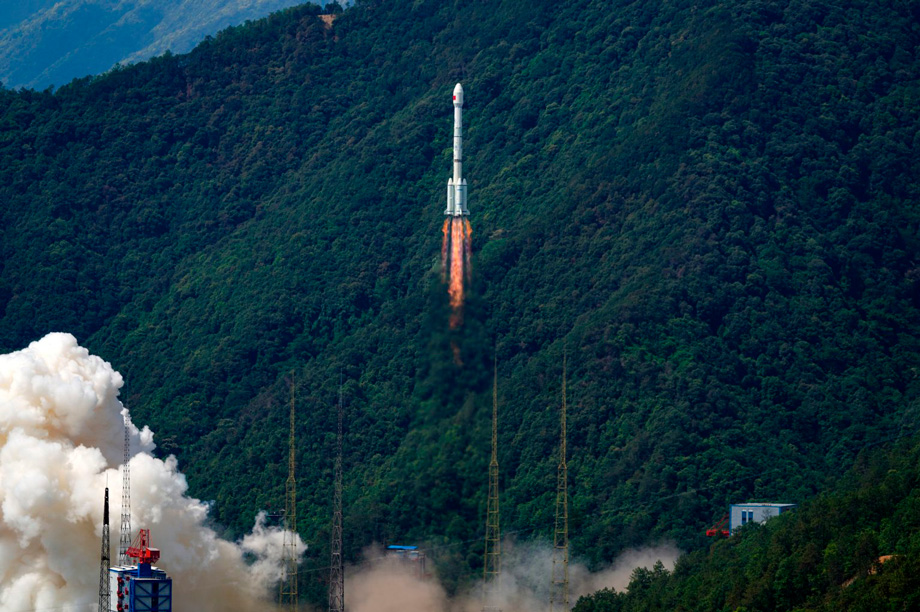
It is becoming increasingly clear that China intends to use its BeiDou satellite navigation system for more than just peaceful purposes. The Chinese Communist Party (CCP), through its senior officials, has repeatedly voiced the opinion that the PRC would never agree to Taiwan’s independence. In a direct confrontation between the two sides, satellite technology like BeiDou and the soon-to-be-deployed alternative to Starlink, the Guowang internet constellation (with more than 12,000 satellites in low Earth orbit), could be a major asset in Beijing’s future military operations. In the meantime, China continues to closely monitor the development of the situation at the front in the Russian-Ukrainian war, uncertainty from which has held the country back from launching direct military aggression against its neighbor.
In this context, BeiDou’s popularity in the world is seen as extremely alarming. Back in 2019, it was BeiDou, and not GPS, that was preferred by most users, not only in the Pacific and African regions (traditionally subject to Chinese influence), but also in Europe.
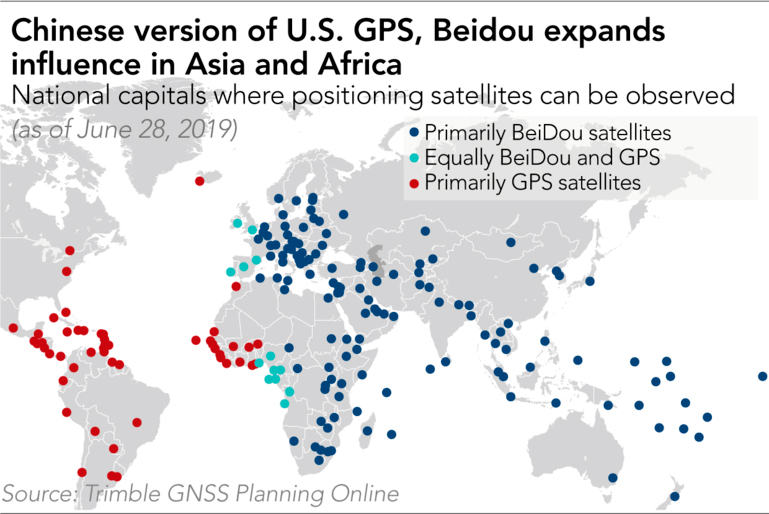
The main argument in favor of BeiDou was the functional superiority of its navigation architecture: unlike GPS satellites, which only send signals to Earth, BeiDou satellites can communicate in both directions. In other words, they can receive a signal from your smartphone or car navigator, which is fed to Chinese satellites.
The second advantage is the BeiDou satellite constellation’s claimed capability to jam internet signals in an are. Today, China already has small-sized high-frequency jammers in its arsenal,capable of being directed.
In retrospect, it is clear that the decision of a number of European countries to rely on Chinese satellites and geopositioning systems, in the face of rising levels of confrontation between East and West, has been short-sighted to say the least.
But even with the rise of BeiDou at the end of the last decade, the global GPS market is still making more money. As of 2019, American GPS controlled 28% of the world market, compared to Chinese BeiDou’s 10%.
Taking into account the facts described above, we can conclude that the PRC is excellent at learning from its competitors, and in some areas even surpasses them. The recent launch of China’s Zhuque-2 rocket – the world’s first methane rocket – from the company Landspace blew past such venerable giants as SpaceX, ULA, Blue Origin and Relativity Space, which had their own plans to be the first to launch a methane-fuelled prototype rocket.
The latest trend has been the development of the private aerospace sector in the PRC, which in recent years has received an increasing number of space missions in comparison with the missions by the national China Aerospace Science and Technology Corporation (CASC). The main players in the Chinese private aerospace sector include companies such as Landspace, Space Pioneer, Galactic Energy, iSpace (not to be confused with the Japanese ispace of the same name) and Expace. Not so long ago, China announced it was accepting proposals for the space transportation of goods and components of space stations, which once again confirms the assumption that it is the commercial sector that will play a significant role in China’s future space sector.
According to forecasts for the current year, the number of commercial space launches in China could double, accounting for a quarter of all space launches in the country. This, of course, is nothing compared to the US space sector, where the private company SpaceX alone accounts for about 75% of launches (in 2022, out of 87 successful space launches in the US, NASA accounted for only 26). And yet, China is only drawing what it needs to develop its own aerospace sector, and the essence of this game is much more than simply copying technologies and approaches for their implementation.
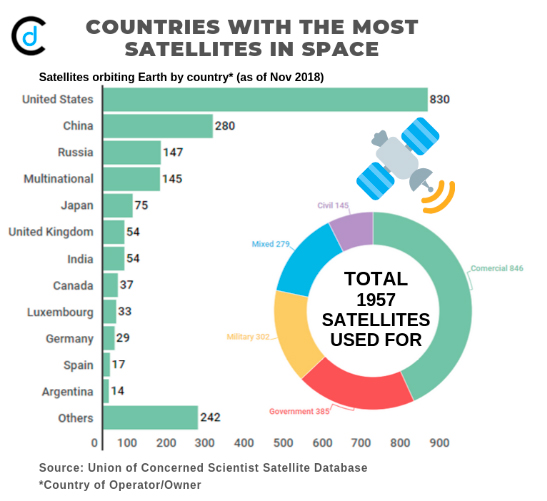
Image CD Market Research
Perhaps not everyone will enjoy this game of “cloning” technology, and not everyone will find it fair. However, it is helping Chinese space to continue strengthening its position both in space and in the geopolitical arena.
Carrot and stick: a formula for success or a curse?
Summing up, it is clear that the PRC is pursuing a fairly transparent and consistent policy of soft domination, both on Earth and in space. By luring new partners with attractive prices for its space technologies and launch services, China is gradually making these countries dependent on the resources of its space sector.
Beijing continues to cultivate not only its own space technology, but also to establish new institutions to coordinate international space activities. Founded in 2005, the Asia-Pacific Space Cooperation Organization (APSCO), which includes Peru, Iran, Thailand, Bangladesh, and Pakistan, is currently involved in the International Lunar Exploration Station (IRLS) project. The space sectors of these countries are obviously in their infancy, and globally they have little to offer Beijing. But China does not seem to care much about its colleagues’ regional space initiatives. It is enough for them that their partners fall into the complete dependence of Chinese “space gifts”, realizing their modest space projects solely with the help of Chinese rockets.
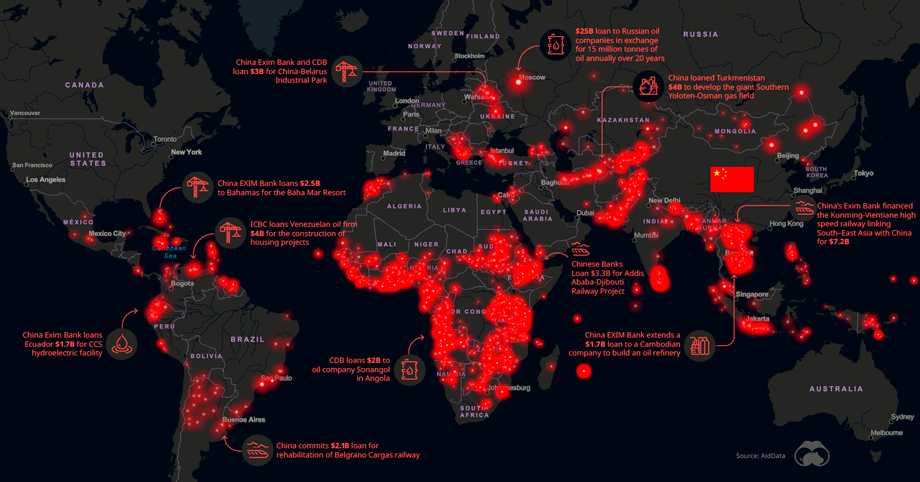
Image: Visual Capitalist
As an authoritarian state, China can forcibly mobilize its private aerospace sector, de facto forcing it to prioritize tasks of national importance. To do this, Beijing has a lot of mechanisms of influence, both voluntary and not so.
Let’s not forget that although China is developing its domestic private space sector, there are areas where Chinese aerospace companies are denied access. This mainly concerns military technologies, as well as the space and ground segment of critical infrastructure. These elements are run exclusively by scientific institutes and state corporations, as there is too much gold under this mountain for the dragon to want to budge.
In the future, the PRC may, of course, allow the private sector to participate in this activity as well. But as is typical for authoritarian states, while the policy of forcing others to do things “under pressure” may well prove itself in the short run, it will never become a full-fledged alternative to the free and competitive market approach that prevails in the Western model of space industry. True geniuses and technological visionaries always create according to their own vision, and not according to the latest party directives.
But we are not at all sure that Beijing fully understands this idea.

